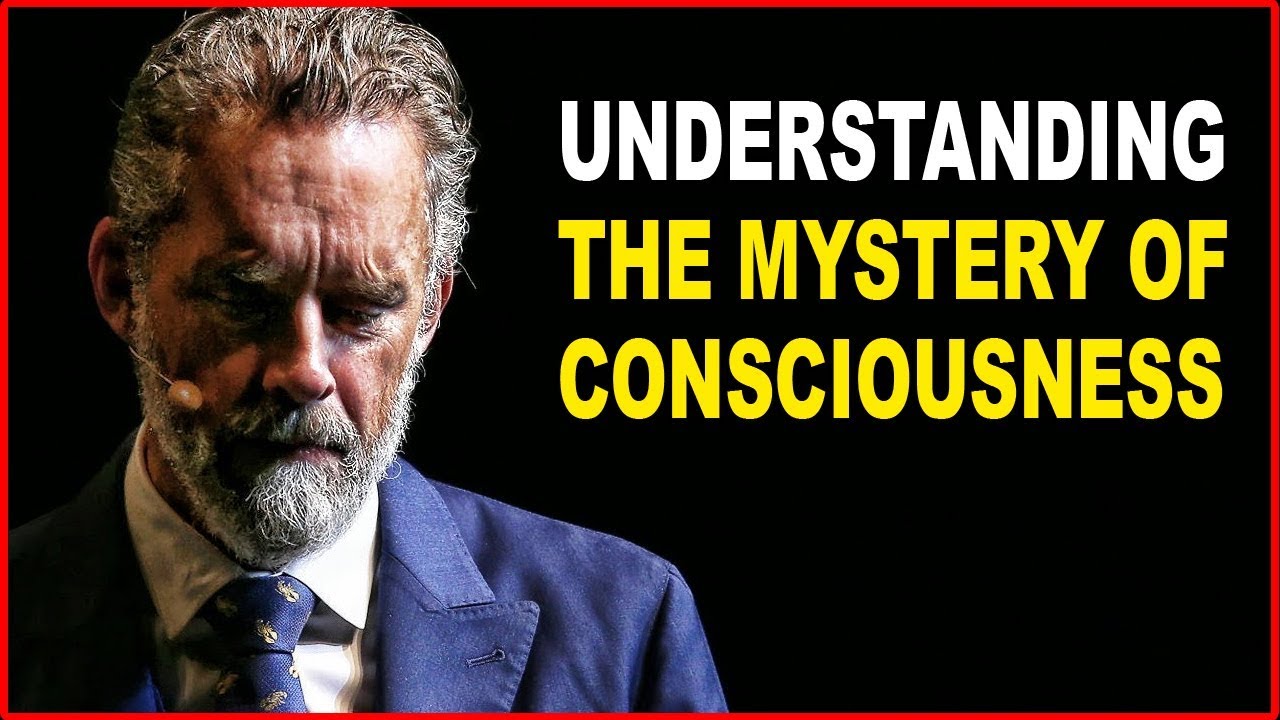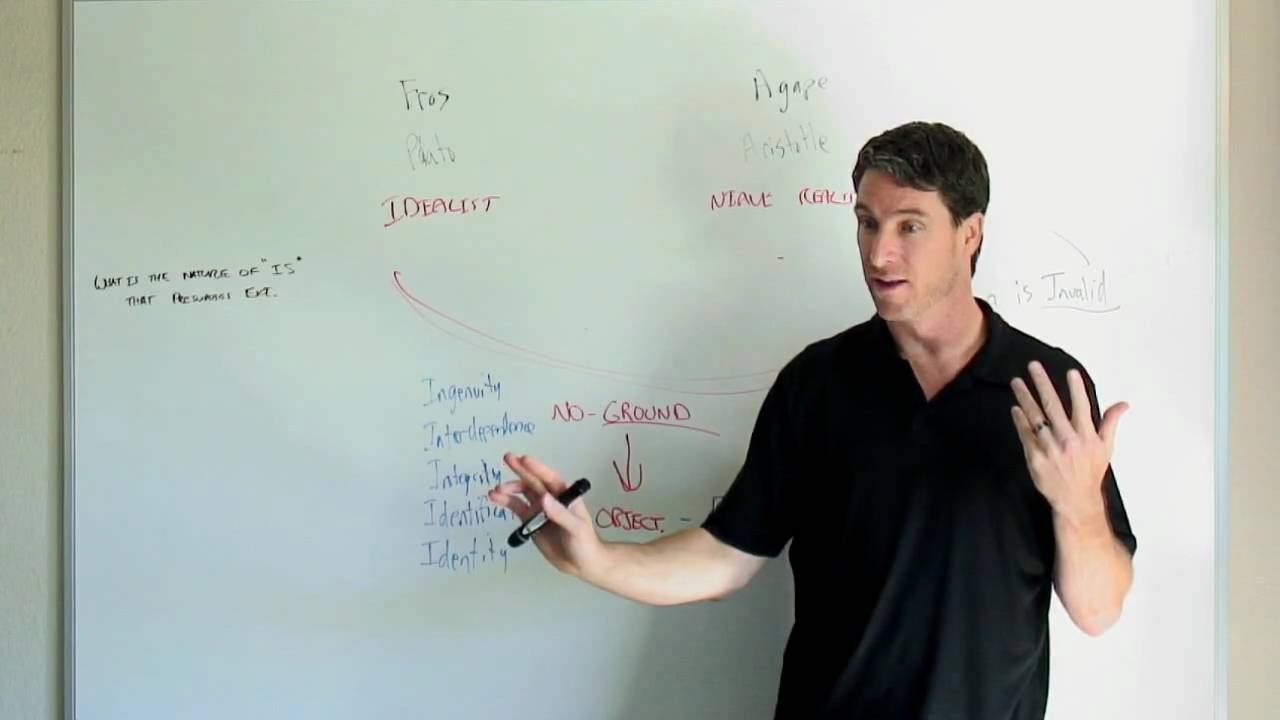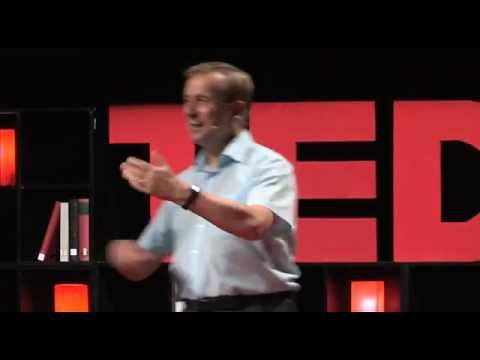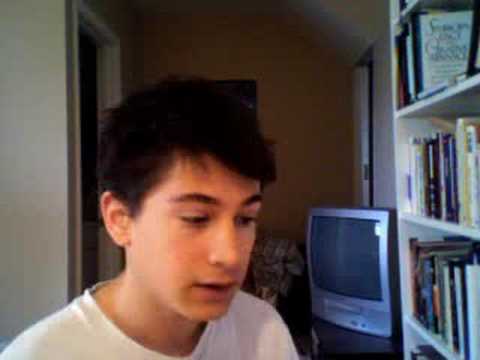PhilosophyInsights
What is the relation between consciousness and the world? How do the idea of consciousness and the divine translate into our legal system? It takes a lot of effort to provide added educational value by selecting the videos for this channel, philosophyinsights. Usually, there are hours of work involved to skim through videos and edit it, in order to make a fit to the channel. If you enjoy the selection, consider subscribing!
Psychologist Jordan Peterson from the University of Toronto talks about consciousness. The idea of god. Jesus as the word. divinity.
#Peterson #bible
This is from his 2017 “Biblical Series II: Genesis 1: Chaos & Order”. Check out the full video here: https://www.youtube.com/watch?v=hdrLQ7DpiWs&t=5206s
—
If you like the content, subscribe!
Source




Understanding consciousness starts with acknowledging the dynamic art of knowledge. This understanding is a fundamental piece of knowledge that explains the acquisition of knowledge and the expression of information trough our conscious states. Humans and Animals share conscious states while differ in their ability to express them. So far the human is the only being that not only understands its ownership of consciousness but can also relate how it's natural abilities allow them to express and enhance consciousness differently than other conscious beings. In addition, it can find the words to construct a language that communicates this idea. Therefore it's state of consciousness is remarkably high and there's is no known limit for its state. Such knowing brings remarkable responsibility towards other sentient beings
Consciousness Explained (summary)
Important:
The text was written in Spanish and translated with the Google translator. I mention it for the reader's consideration.
While this is a summary, it should be enough to clarify what Consciousness is. There are many interesting subjects, related to the topic, that are not included. I have no problem answering any questions you may have.
The material body is situated in a material environment, and carries out actions. The senses capture information from the material medium. This information activates memories in the brain, groups of neurons that store information about the individual's life history. Through this process, the information from the medium, which is captured by the senses, acquires Meaning. From this same process the Expectations of Action (Pavlov) arise.
As described, the brain manages information from the Present, the Past and an eventual future. It is reasonable to assume that the brain makes a distinction between the information it manages from the Past, Present and Future.
In the brain there are no tables, skies or trees. In the brain there is information that represents tables, skies and trees.
It is reasonable to assume that the brain administers a Mental Correlation of the Relevant Environment of the Individual, which represents what is happening, in the Present, in its relevant environment. The mental correlate of the relevant environment can be called The Reality of the Individual.
Emotions and feelings accompany every life experience, and are represented in the life experience that the brain stores. Emotions and feelings give meaning to what is perceived.
Various factors determine the time that neurons remain activated.
If by turning my head to the right I stop seeing what is happening to my left, that does not mean that what I stopped perceiving a moment ago is no longer part of the mental correlate of my relevant environment. The brain has the ability to project, in time, the state of said segment of the environment; is what Pavlov observed. If in the previous example, before turning my head to the right, I observed that my dog, some hundred meters away, was running towards me, my brain will project such an event in time. Although, as the seconds pass, such a projection will become more and more diffuse, less certain, less representative of what is happening in the material world, that does not mean that my dog will no longer be represented in a certain segment of the mental correlate of my relevant medium. It is evident that this "Actualization of the Present" is due to the brain's ability to project future states of the environment. At the same time it is clear that, in the Actualization of the Present, which arises as a consequence of the Projection of the Future, a certain degree of uncertainty is implicit. By the way, the Projection of the Future is related to expectations.
The conditions of an ever-changing environment result in the expectations that the brain previously diagrammed to face what is coming are met only to a variable degree. The Projection of the Future is constantly being updated by the brain.
In the life experience that my dog has been storing in his brain, there are "latent", as non-active memories, the biographies of countless Entities with which my dog has interacted throughout his life. His life experience, in which said entities have participated, through his daily life of him, has characterized these entities, generating in his brain a kind of utilitarian biography of each one of them.
The vast experience of my dog's life, in which I have participated, allows him to carry out, when I get home and he perceives me, a fairly accurate reading of my state of mind, which determines his actions. Indeed, when I get home, a glance is enough for him to see that I am grumpy. Then he ducks his ears and lays on the floor, his gaze fixed on me. If I'm in good spirits when I open the door, he pounces on me as soon as he sees me. His brain, according to what he perceives, activates convenient memories, which allude to information with meaning contained in the biography that he possesses of me, generating expectations of action.
We can affirm, metaphorically, that an entity "dwells" in a dog's brain that represents, as a unit, both the dog's body and the dog's interests. We will call this entity, which is represented in the brain, that is, it "dwells" in the dog's brain. By the way, using similar criteria we can affirm that a “monkey entity” lives in the human brain, or that “the monkey that inhabits us” is present in the brain.
In the Amboseli National Park in southern Kenya, the East African green monkey (Chlorocebus sabaeus) inhabits groups of 10 to 30 individuals. They emit loud cries of alarm if they spot a predator, shriek specific sounds if they go out to meet other groups, growl threateningly when fighting with individuals in their own group, and growl quietly during relaxed social relations.
According to the type of predator, it is the sound call they emit, distinguishing three in particular: leopard, eagles and snakes. The alarm that warns of the flight of the eagle, induces them to look up or to run towards the bushes; hearing the snake alarm, they stand up on their hind legs and watch the grass; leopard alarm causes monkeys to climb trees.
The moment a green monkey hears the alert by eagle, the activation of memories related to the aerial environment is reinforced, drawing with greater clarity the diffuse aerial scene that was previously being represented in its mental correlate of the relevant environment, a scene that a moment ago he played a rather secondary role in the selection of the actions he was carrying out. The evocation of an eagle activates multiple memories that represent probable scenarios for the aerial environment, in a diffuse representation of said segment of the medium, where its brain places a flying predator. The predator, who is not being directly perceived, can either be ten meters from his head, heading directly towards him, or be within a couple of hundred meters. Faced with this uncertainty, the monkey's action is oriented to raise its head in order, using its senses, to have a more accurate representation of what is happening in its relevant environment.
The contribution to their survival expectations that the green monkey obtains thanks to the alert signal heard is evident, and in this sense the use of language is highly useful. This, despite the aforementioned uncertainty, an uncertainty that can be diminished through the action of raising the head and seeing the predator. For its part, the monkey that gave the warning voice has a more limited and accurate representation, in its mental correlate, of the predator, regarding its speed and apparent distance, its direction of flight, etc. For the monkey that emits the warning signal, fleeing and finding protection is notoriously better delineated, as expectations of action, than fleeing and protecting itself is in that of its congeners at the moment they hear the warning voice. Just a fraction of a second separates a very diffuse representation of the relevant aerial environment, from that which is achieved immediately after raising the head and seeing the predator.
The monkey that gave the warning voice transmitted information from a segment of its mental correlate. Incomplete transmission of the mental representation of danger, uncertain, but potentially effective for the remaining members of his group. For their part, those who listened to the alert suddenly saw a segment of their mental correlate of the relevant environment modified, which results in a significant alteration of their action expectations. The monkey who was courting a monkey stopped doing so to direct his attention to the danger in the air; the one who was about to reach a succulent food with his hand, interrupted the movement.
(continúa)
hmm i dont think we act in a civilized manner cuz we believe we are equal.we do it cuz we are afraid of the law
Rapping the speech
Word salad horseshit
Reality or a simulation?
hi Jordan have ever consider a silent retreat?
Fundamental materialist philosophy, physics and the sciences are concerned with elements that compose and decompose in various proportions and processes that result in everything around us. To suggest that consciousness is composed of elements in some way means that it is also in some way measurable, which has eluded us. I doubt that my consciousness determines any realities other than my own existence, and having a nature that isn't constrained by the physical universe enables many consistencies that Mr. Peterson is struggling with.
Lot of guess work and gushing along here with no definition of terms. What is consciousness? How and where is it possible to introduce an ultimate absolute 'subject' CONSCIOUSNESS at a time later than at the very begining of creation? Eastern mysticism discovered and has taught verifiable answers to these and other questions a long long time ago. Not guess work or gushy rhetoric.
As a philosopher, I solved the riddle of consciousness. All living things share the same moral-biological thought pattern which leads to life. See my channel for details.
Using the argument of a ''dual'' or split brain to explain self-consciousness is equivalent to believing that you can pull yourself up by your own bootstraps.
Like a guy on heavy-duty pharmaceuticals can speak about consciousness.
Jordan Peterson- Unlocking the mystery of how Cider hurts his tummy
beautiful thought as always 👍🏽
Science tells us nothing about the 'being' or the 'reality' of the World. It's about doing things and it develops as scientists find better ways of doing things. The scientific study of the human consciousness, and the unconscious, can only help us to control our mental processes in a possibly more efficient fashion.
Look up "The measurement problem" on the channel InspiringPhilosophy for a clear presentation about how quantum scientists explain how consciousness creates reality.
And BTW this is not hocus pocus, this has been known for a long time.
Link to video: https://youtu.be/qB7d5V71vUE
Maybe what makes him a great teacher is that he teaches us how to think… In real time.
Great video
Listening to this I've fallen unconscious.
Quantum physics seems to indicate that concious observation is what substabtiates matter from a potentiality to an actuality. (Double slit experiment). From what I can glean it appears that consiousness is fundamental to the universe where as matter, time and energy are not. They are actually contingent.
I think therefore I click on a Jordan Peterson video